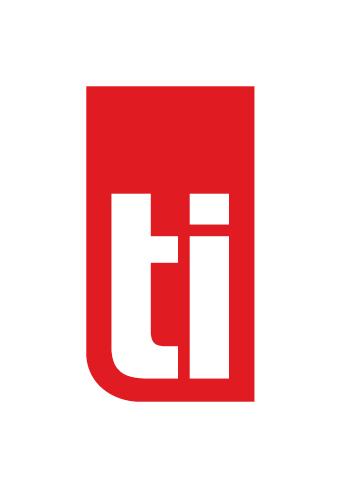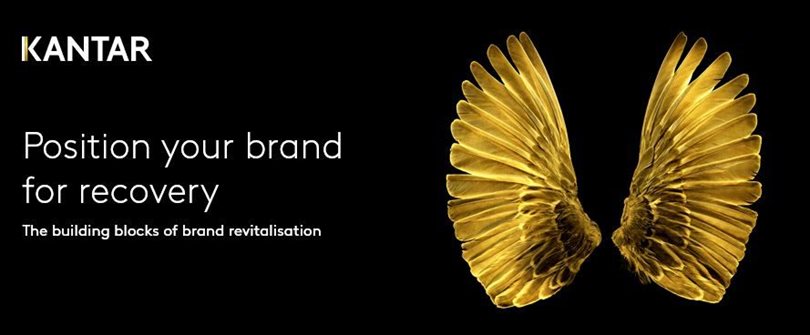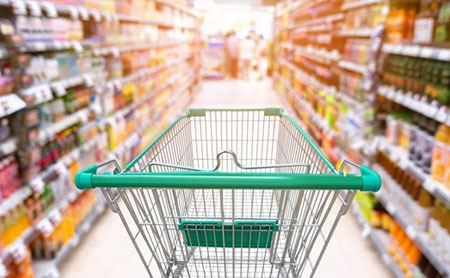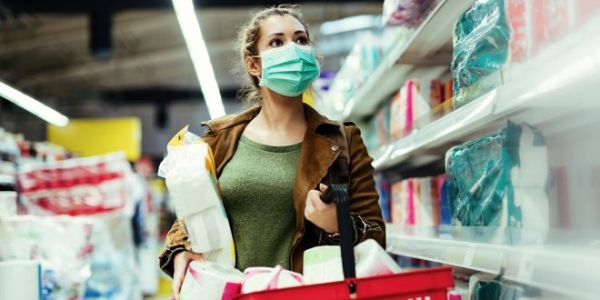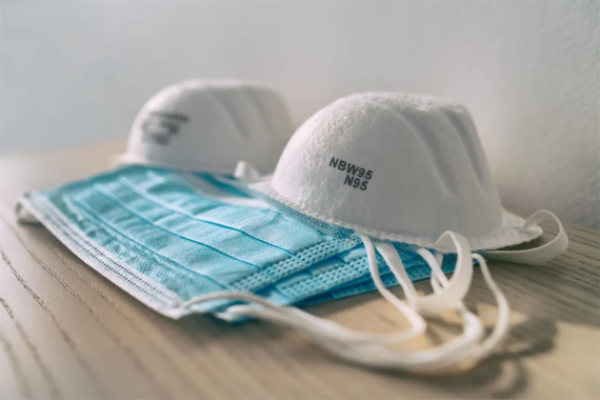As we await the further opening of the South African economy under lockdown, Kantar's wave three barometer on consumer attitudes and behaviour as well as AI-powered chatbot insights make it clear that agencies, brands and publishers need to work together as we ride the corona-coaster towards recovery.
The ailing economy is definitely impacting on brands, making it more important than ever to keep positive and work towards getting back on a firm footing. Jeremy Gardiner of NinetyOne, previously Investec Asset Management, says imagine if you had heard in January that the JSE would have its worst quarter in history? That the rand would hit almost R20 against the US dollar, SA GDP would shrink between 7% and 12% in 2020, and that we would enter the deepest depression since the 1920s, as the Great Lockdown set in across the globe.
Right now, subject to the resurgence of the virus, we expect three basic phases related to the Covid-19 crisis, which are not all mutually exclusive:
Lockdown has brought with it forced behavioural changes such as changing category availability, changing needs and changing drivers of brand choice. That said, with the exception of categories directly affected by the lockdown, relative brand desire remains steady, although lack of availability may force people to try new brands they would not have considered in the past if they find them to be more convenient, enjoyable or of better value.
Salience is likely to decline but that needs to be measured across your category overall.
More worrying from a brand viewpoint is the recession that the Great Lockdown has triggered, as it will potentially be on a bigger scale even than the recession of 2008. But we can use the experience of the Great Recession to guide our response to this one.
It seems likely that many categories will take years to fully recover and, as restrictions lift, the fear factor will determine how fast demand recovers. Recession will force additional trading down, postponement and shifting demand. With wages squeezed or indeed non-existent, car purchases will most likely be postponed and affordable luxuries will replace true luxury as categories and brands battle for share of peoples’ diminished wallets.
Finally, we can expect recovery when the situation starts to normalise. Whatever the ‘next normal’ brings, we can expect category demand and brand desire to stabilise. But remember that significant market share gains only happen when a brand disrupts category expectations and behaviour with some form of innovation. As this is the state we all want to get to, it’s a good starting point to work back from as marketers equip themselves to navigate through lockdown and recession with this end goal in sight.
Locked out, locked down or locked in? Impact on shopper decisions
Marketing spend is usually the first thing to go in tough times, but before making that decision, we need to focus on how lockdown has affected our categories, so far, in terms of whether our brands have been locked out, locked down and locked in.
Locked out: Availability in these categories has essentially been removed, e.g.: cigarettes, alcohol, airlines, hospitality, physical retail and events.
Locked down: People have less need for the category right now, e.g.: automotive, beauty, apparel, and luxury.
Locked in: Demand has increased under lockdown, e.g.: staple consumer goods, indulgences, food delivery, home entertainment and even yoga pants.
Not only will lockdown change demand, but it will also change purchase channels and out-of-stocks with constrained supply, so new options may change people’s habitual purchasing behaviour.
Normal responses are disrupted and so more thought may be required to make a decision, but don’t panic as a few weeks of enforced changes are unlikely to overcome a lifetime of prior brand experience and exposure. When restrictions are relaxed, many will return to their old behaviours and brands. It’s only the behaviour that is convenient, rewarding and easy to maintain that will stick, but for as long as Covid-19 remains a threat, social distancing and handwashing will continue.
Although much has been made of the increase in online shopping, in the most recent Kantar Covid-19 Barometer even consumers start to realise that it’s unlikely that this trend will continue. In China, where lockdown restrictions are now being relaxed, the proportion of people purchasing online increase from 31% to 46%. But now people can move around more freely, that percentage is falling back. That said, the lockdown has confirmed that it is an omnichannel world, so brands that restrict availability to online or physical stores are going to miss out.
Past crises have shown us that the companies that win are the ones that keep investing. So rather than making a blanket decision to ‘go dark’ or stop above-the-line advertising, do what you can to keep your brand visible, so it comes to mind quickly.
What media consumption shifts mean for your marketing budget
Unsurprisingly, the lockdown has caused significant shifts in media consumption. We’ve seen that TV, radio and social media have increased dramatically, as people look for and share information and stay in touch with their loved ones. This also means that other media are getting far fewer eyeballs than before, like billboards, ads in public transport, sports and event sponsorship, cinema advertising and in-store.
So, how can a brand ensure it continues to reach its intended audience? You’ll need to take an informed view of how to redistribute your marketing spend because, under lockdown, people are more sensitive to missteps and more appreciative of authenticity. Now, more than ever, it is important to strike the right chord.
Also note that price points are coming under pressure, so as we enter the recession brands must consider whether their brand equity adequately supports perceptions of value, as consumers are just as concerned about the impact on their finances as they are about their health. Learnings from past recessions show that when disposable income is limited, people search for the best value, they do not automatically choose the cheapest option.
Wave three of our Covid-19 Barometer shows as lockdown continues, the majority of people are experiencing loss of household income and as this number continues to increase, the big-ticket items will be first to go.
But our BrandZ research also shows that people will still pay a bit more for a meaningfully different brand, as many also associate low prices with poor quality.
While this all seems to paint a pretty bleak picture, it’s important to understand changed consumer behaviour, in order to anticipate which changes are permanent and which are temporary, to ensure that we are agile enough to navigate these new currents and gain a competitive advantage during these turbulent times.
Insights into SA consumers’ ‘corona-coaster’ from a Woolworths brand perspective
The best way to understand these behaviour changes is to speak to consumers themselves – from the safety of their own homes. Woolworths started experimenting with chatbots last year to get an idea of eating habits in South Africa, as an experiment on whether people would complete a seven-day food diary in this format. It’s proven effective in removing a lot of biases and the rational reporting that comes from answering a set list of questions. Instead, you now get a conversation on what people are feeling, which means you can dive into the ‘why’ of the behaviour.
Woolworths realised that they needed a deeper dive on how consumers are behaving under Covid-19 from a shopper perspective, and so the Neo chatbot was born. Powered by Kantar, it launched via Facebook messenger the day before Easter, fittingly also the day of the extended lockdown announcement in South Africa, to better understand the sentiment in the country in terms of how customers are feeling and the core drivers of their behaviour.
Responses show that the country’s overall initial response to lockdown was largely positive and ‘the right thing to do’, coupled with a deep concern for the economy.
This was shown as concern for poorer communities not being able to access food, as well as many live on daily or weekly wage, without the facilities to store food for the long term at home. There was also large-scale concern about the impact on small businesses without the capital to ride the wave. Customers felt sad and worried, but their deeper concern was external. They went into their own emotional rollercoaster after this – the corona-coaster spectrum of emotions. Unfortunately, despite some moments of positivity, the balance has been negative.
In riding this corona-coaster, different needs have emerged in terms of what South African consumers were looking for from in-home content, such as Netflix, as well as their shifted shopper behaviour and the initial ‘need to treat’. Under strict Level 5 lockdown conditions, food was one of the only categories readily available, so constant snacking came through, with overindulgence over Easter mirrored by many as a way to seek joy. This initial overindulgence has resulted in a focus on healthy eating, especially when it comes to immunity-boosting. This has put a different spin on what healthy eating means.
One of the biggest themes that came out of the chatbot study was a profound sense of tangible loss – of loved ones, health and financial security; as well as way of life. As much as people were cooking from home and spending time with children, we miss how we used to live, which links to a sense of powerlessness. We didn’t have a way to take control beyond our own routine at home, but most of the initial sparks of positivity have eroded over time as we all now long to return to a new normal.
In terms of changes in shopping behaviour, before it was announced that face masks would be mandatory for all, stores, where face masks were clearly visible, were deemed as safer environments for shopping, especially if close to home.
This safety aspect also spurred online behaviour, with an initially slow curve accelerating as consumers started enjoying the experience of ordering online and taking delivery at home. While there were initial payment safety concerns when it came to online shopping in South Africa, these have mostly been mitigated. We also weren’t sure that we’d be at home at a set time to take delivery, whereas now we hardly leave home, so online shopping has seen a resurrection of sorts.
Going forward, will people continue to put health first and foremost? Will we continue casual dressing? Many business models are likely to change, for example, new virtual fitness platforms are being born, making it easier to do so from home which may endure.
With new forms of research, like AI chatbots, we can quickly understand what customers want and be more considerate of their emotional space, so keep checking in on that sentiment. That’s the beauty of a bot, as it’s easy to re-programme and take a new dip and determine how you show up as a brand. Especially in the current situation, you can’t afford to wait to find out weeks later whether a campaign is working or not.
The status quo of the past isn’t necessarily what will be the status quo of the future, so keeping up with changes in consumer mindset and behaviour is crucial for brands to plan realistically for the future.
Stock up on updates and insights to help your brand manage the effects of Covid-19 and prepare for the future on our Covid-19 page. Follow us on LinkedIn and Twitterto keep up to date with our comms, and stay safe!
Article Source: https://www.bizcommunity.com/Article/196/19/203918.html

